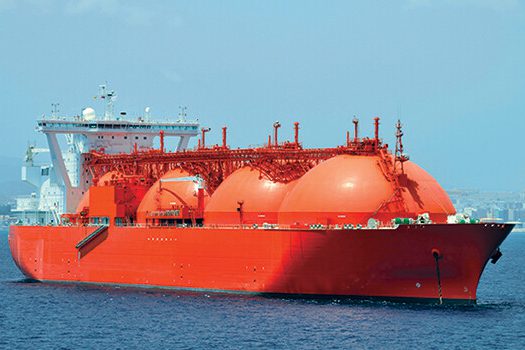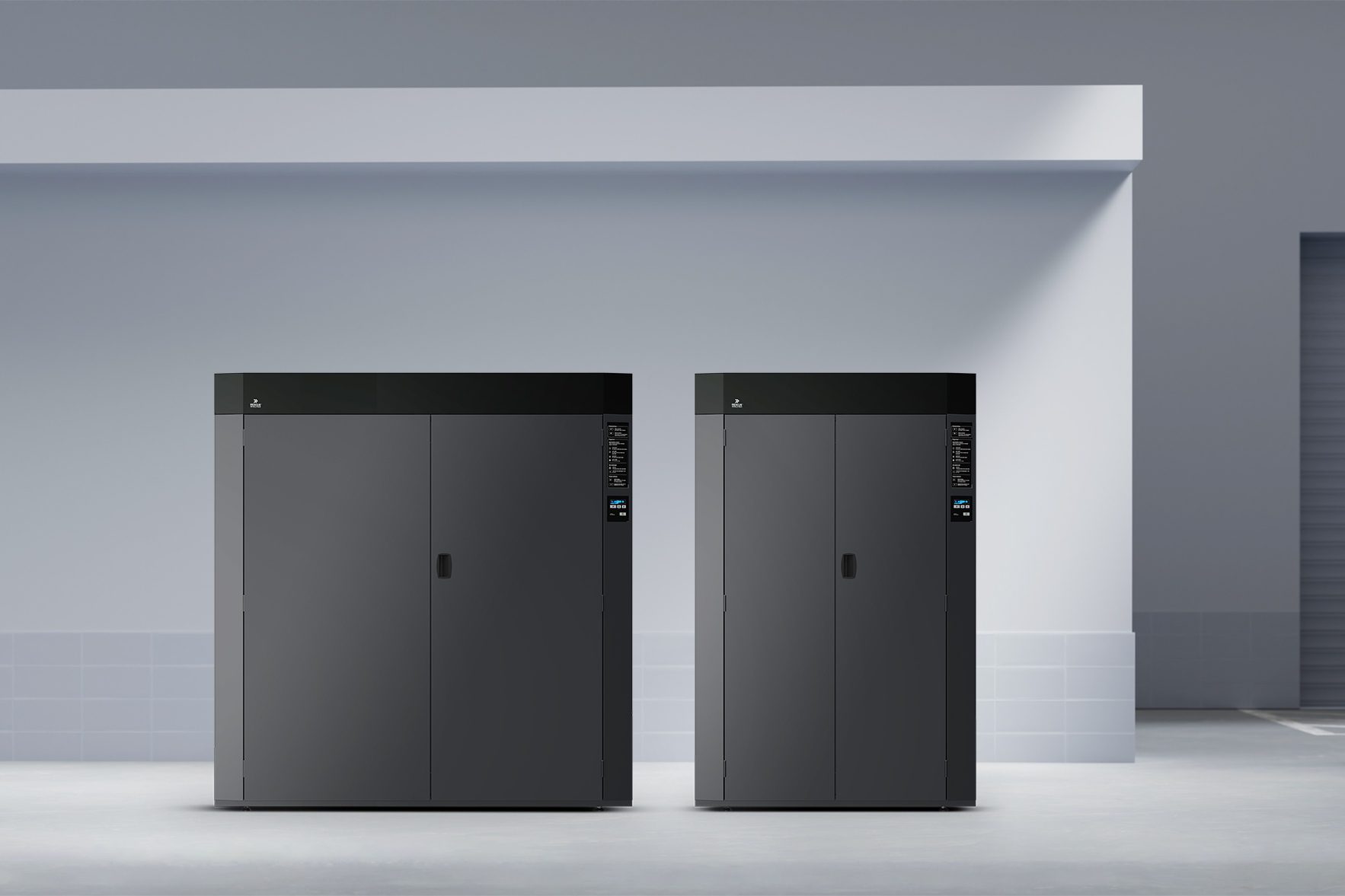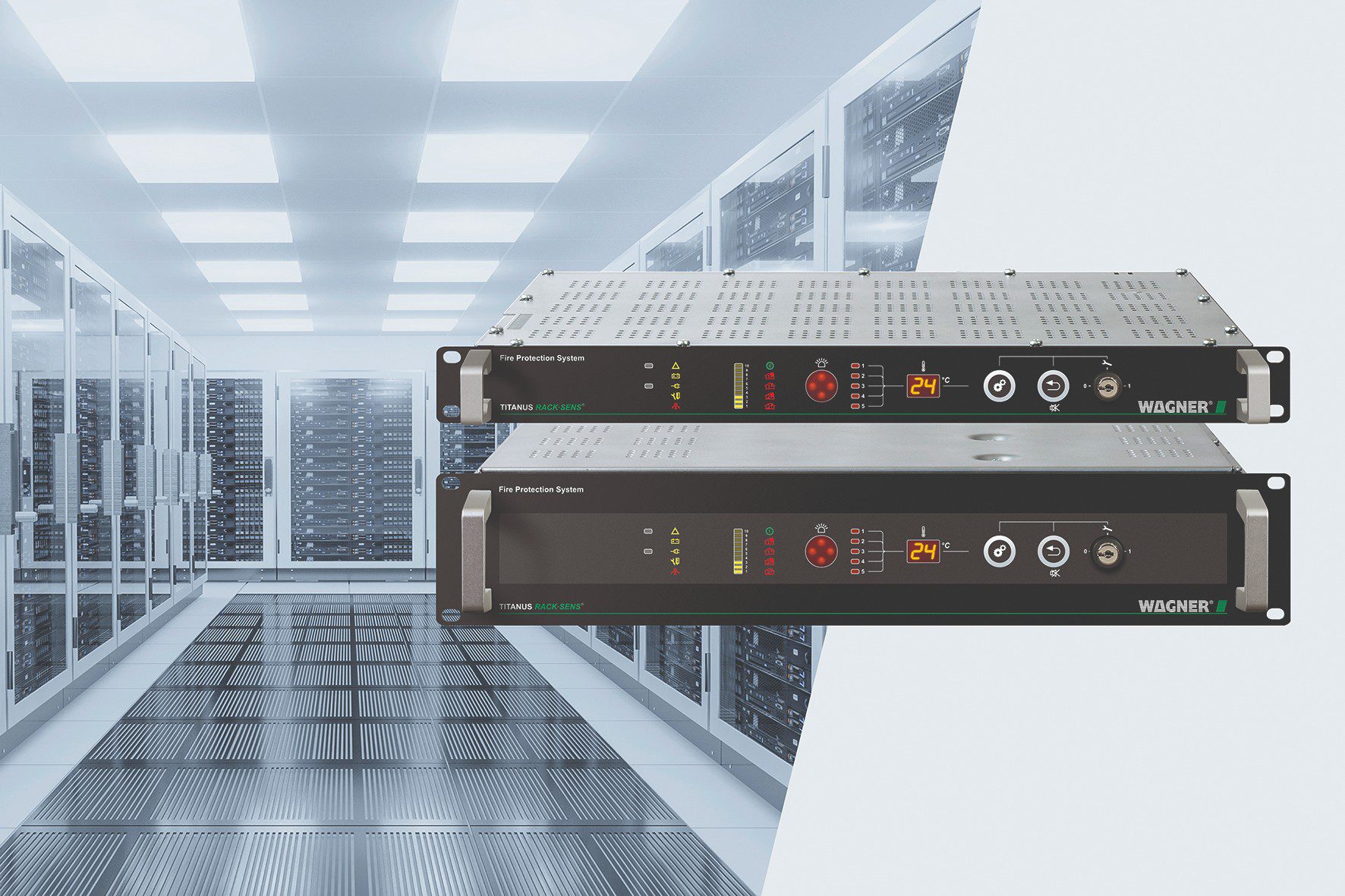Marta Corci, Area Sales Manager of Sensitron discusses the role of infrared sensors and emerging technologies in gas detection and industrial environments
Sensitron, an industry leader in gas detection systems, has been at the forefront of innovation since its founding in 1988. Now a part of Halma plc, the company has broadened its global reach while maintaining its focus on high-quality, certified products. In this interview, Marta Corci, Area Sales Manager, delves into the critical role of infrared (IR) sensors in gas detection, particularly in industrial environments where safety is paramount.
Corci explains how IR technology outperforms catalytic sensors, offering higher accuracy, resistance to pollutants, and longevity, making it ideal for high-risk sectors like oil and gas. Corci also discusses Sensitron’s forward-thinking adoption of augmented and virtual reality technologies, enhancing customer engagement and training. With a commitment to aligning its products with rigorous regulatory standards, Sensitron is poised to continue leading the way in gas detection technology, ensuring safer, more efficient industrial operations.
Please give us an insight into the history and heritage of Sensitron?
Sensitron was founded in 1988. It is an Italian company specialized in the production of gas detection systems. Over the years, Sensitron has developed several products, detectors and control panels for different industries and applications.
Sensitron always had an important focus on the quality of its products and the certifications.
In 2021 Sensitron has been acquired by Halma plc and thanks to this great opportunity now it has the possibility to broaden its horizons and increase its business all around the world.
Could you provide an overview of how infrared sensors function for gas detection in industrial applications? What gases related to safety hazards are they most effective in detecting?
The infrared sensor is normally used in gas detection systems for the detection of flammable gases and refrigerant gases. It uses the ability of gases molecules to absorb infrared radiation at specific wavelengths. The sensor has an internal source of IR radiation that passes through an optical camera in which the gas will be detected. Each gas absorbs the radiation with a specific wavelength. At this point the remaining infrared radiation reaches a receptor that can measure the intensity of the light and can indicate the presence of the gas. The infrared sensor is mainly used to detect CO2, methane, propane and many other flammable gases.
What are the primary advantages of infrared sensors compared to catalytic sensors? Why might infrared technology be a more reliable choice in these environments?
The operating principle of the infrared sensor, which is optic, provides a lot of advantages compared to the chemical operating principle of the catalytic sensors or the semiconductor sensors (MOS).
First of all, the infrared sensor gives a higher level of accuracy and selectivity compared to the catalytic and the MOS. In general, it is more selective for some gases and significantly reduces false alarms.
Another important advantage of the infrared sensor is the resistance to the pollutants, like silicones, sulfurates, halogens, chlorates and chlorides. This phenomenon is permanent and typically affects catalytic and MOS sensor. The IR sensor is also immune to phenomenon of inhibition that certain gases can cause to the catalytic and MOS.
In some specific applications where the environment is characterised by low-oxygen levels, the IR sensor can be an optimal solution. In fact, the catalytic sensor can only be used in environments where the oxygen levels are normal.
Could you discuss how the reduced maintenance and longer lifespan of infrared sensors compared to catalytic sensors can lead to safer, continuous gas detection?
IR sensor has longer lifespan and lower maintenance compared to the catalytic sensor. Since the operating principal of the IR sensor does not involve the combustion process, it will have a longer lifespan. They are also more stable over time compared to the catalytic, that’s why the need less maintenance. This is the reason why this type of sensing technology is often required in high-risk applications and specific sectors like oil & gas industry or petrochemical industry.
Beyond the immediate technical advantages, the reduced maintenance of infrared sensors translates into lower operational costs and less frequent downtime, which is particularly crucial in high-risk industries. Fewer maintenance intervals mean that operations are not disrupted as often, allowing for continuous monitoring and reducing the risk of undetected gas leaks. Furthermore, the longer lifespan of infrared sensors enhances reliability, ensuring that they perform consistently over time without degradation in accuracy. This continuous, stable performance is vital in environments like oil refineries and chemical processing plants, where even a minor sensor failure could lead to catastrophic consequences….
To read the full article, see our last issue here.
Never miss a story… Follow us on:
International Fire Buyer
@Firebuyer
Fire Buyer
Media Contact
Rebecca Spayne Managing Editor, International Fire Buyer
Tel: +44 (0) 1622 823 920
Email: [email protected]










